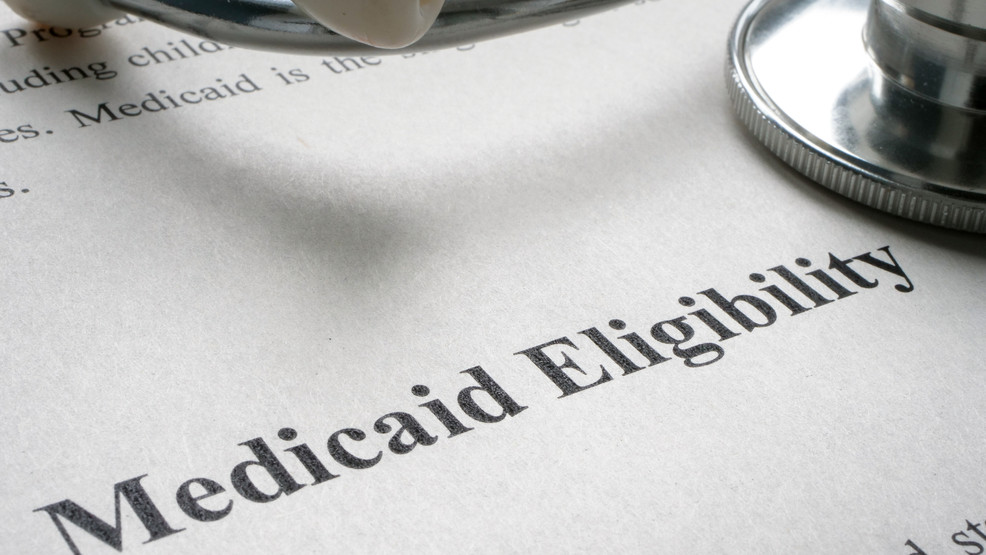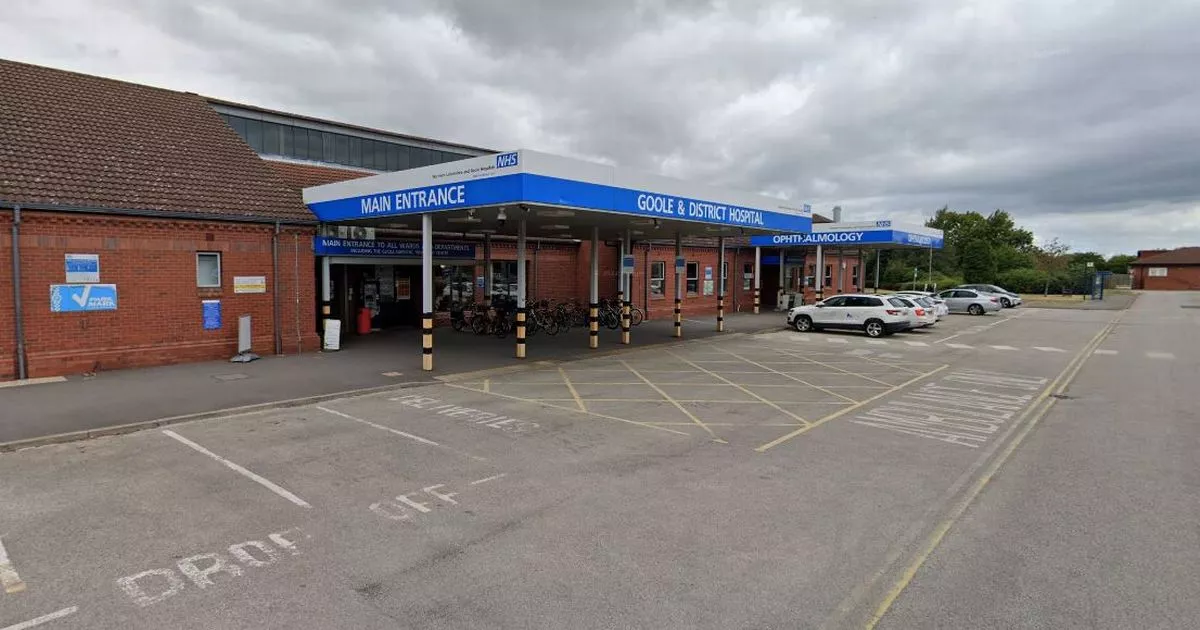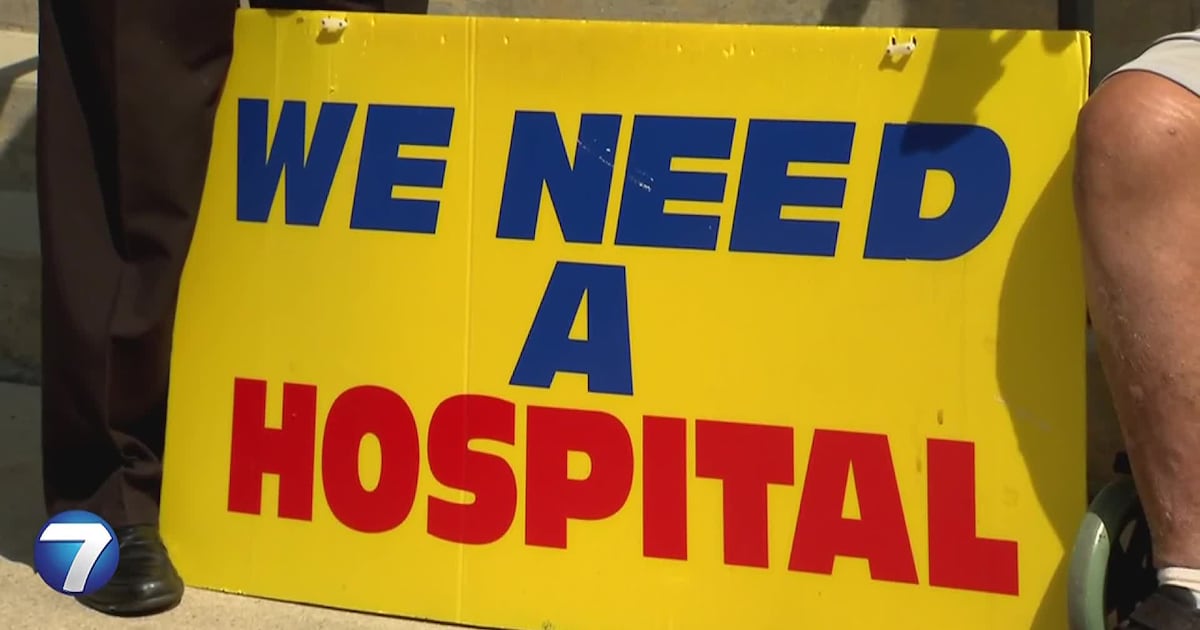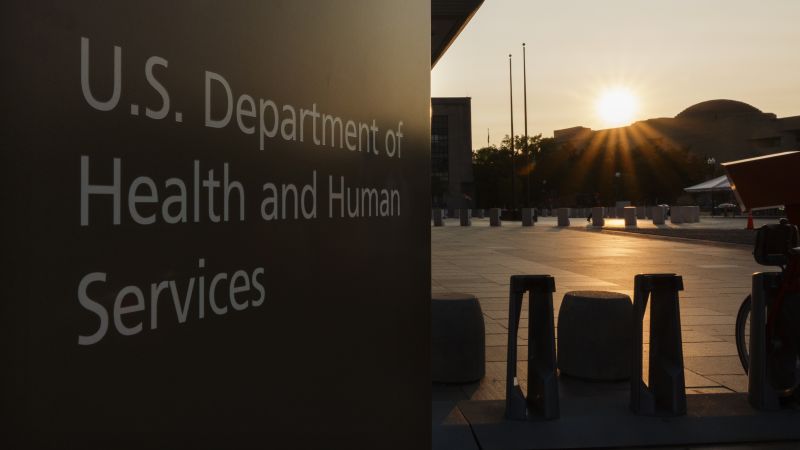Summary
The One Big Beautiful Bill Act was signed into law on July 4, bringing major changes to Medicaid that could have significant effects on Montana especially in ru
Source: NBC Montana

AI News Q&A (Free Content)
Q1: What is the One Big Beautiful Bill Act and when was it signed into law?
A1: The One Big Beautiful Bill Act is a U.S. federal statute signed into law by President Donald Trump on July 4, 2025. It encompasses various tax and spending policies forming the core of Trump's second-term agenda. The Act includes provisions such as extending individual tax rates, raising state and local tax deduction caps, and altering Medicaid spending.
Q2: How does the One Big Beautiful Bill Act impact Medicaid spending and what are the potential consequences for rural hospitals in Montana?
A2: The Act makes a significant 12% cut to Medicaid spending, which could have adverse effects on rural hospitals in Montana. These hospitals often rely on Medicaid funding due to serving lower-income populations. The reduction in funding could lead to challenges in maintaining operations and providing adequate healthcare services.
Q3: What are the provisions related to healthcare insurance in the One Big Beautiful Bill Act?
A3: The Congressional Budget Office estimates that the One Big Beautiful Bill Act will result in 10.9 million Americans losing health insurance coverage. It expands work requirements for SNAP benefits and transfers some costs of food assistance programs to states, which could indirectly affect healthcare access.
Q4: What criticisms have been leveled against the One Big Beautiful Bill Act regarding its impact on wealth distribution?
A4: The Act has been criticized for its regressive tax structure, with experts arguing that it would cause a significant upward transfer of wealth from the poor to the rich. This is due to tax cuts favoring the wealthy while reducing funding for social welfare programs, including Medicaid.
Q5: How does the Act's approach to energy and environmental policies potentially affect healthcare in rural communities?
A5: The Act rolls back clean energy incentives and promotes fossil fuels over renewable energy. This shift could exacerbate environmental pollution, which is linked to health issues. Rural communities, already facing healthcare access challenges, might experience heightened health risks due to increased environmental hazards.
Q6: What is the projected economic impact of the One Big Beautiful Bill Act according to the Congressional Budget Office?
A6: The Congressional Budget Office projects that the One Big Beautiful Bill Act will increase the federal budget deficit by $2.8 trillion by 2034. This increase could strain public resources and potentially lead to further cuts in healthcare funding, affecting rural hospitals even more.
Q7: What are the main components of the One Big Beautiful Bill Act that directly relate to tax policies?
A7: Key tax-related components of the Act include the permanent extension of individual tax rates set in 2017, an increase in the state and local tax deduction cap, and temporary tax deductions for tips, overtime pay, and auto loans. It also includes a tax hike on investment income from college endowments and phases out some clean energy tax credits.
References:
- One Big Beautiful Bill Act





